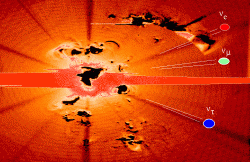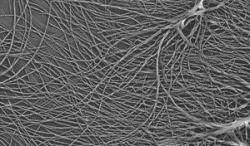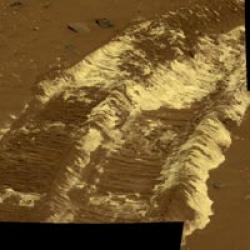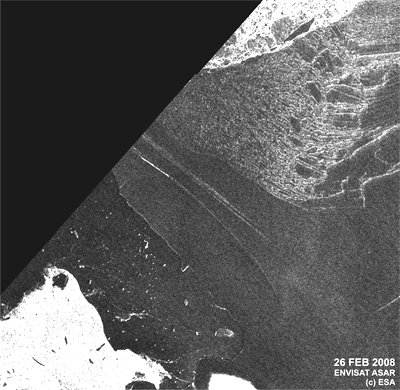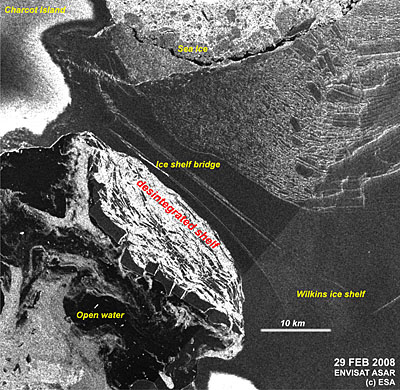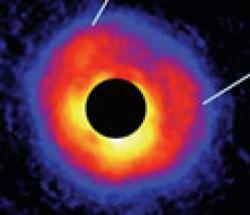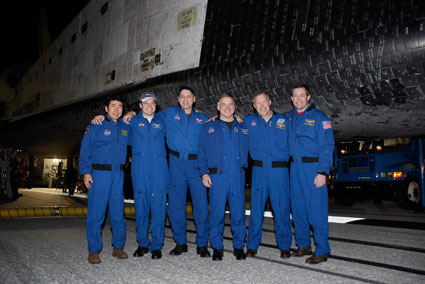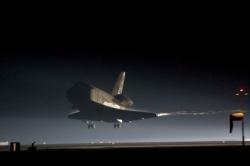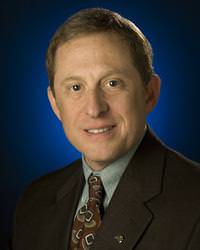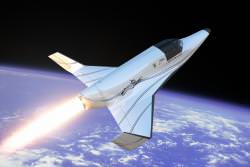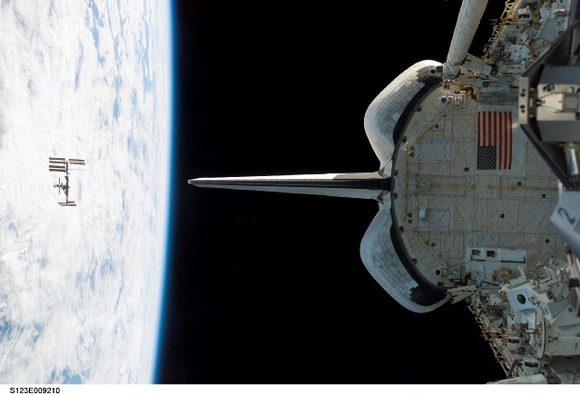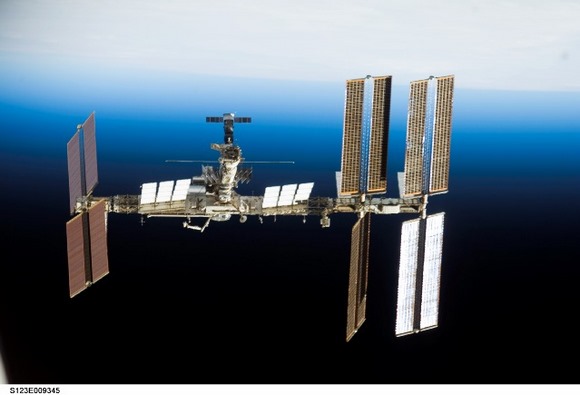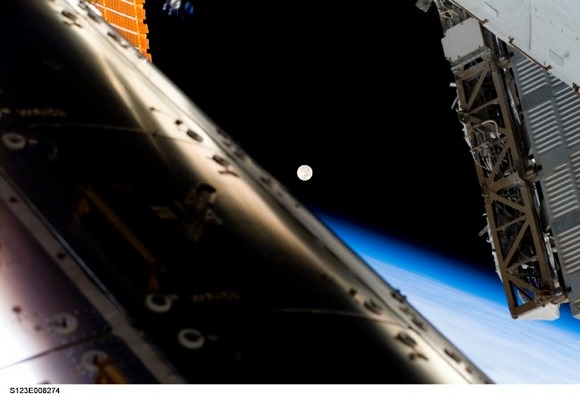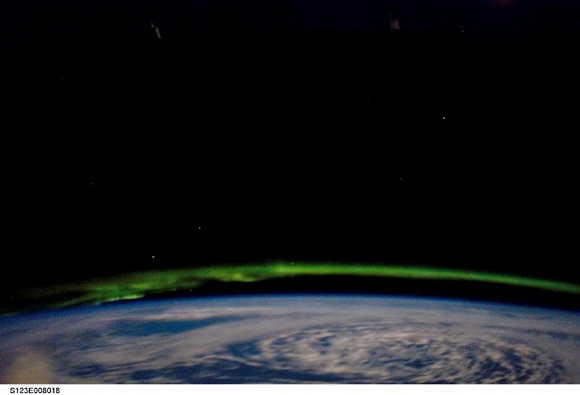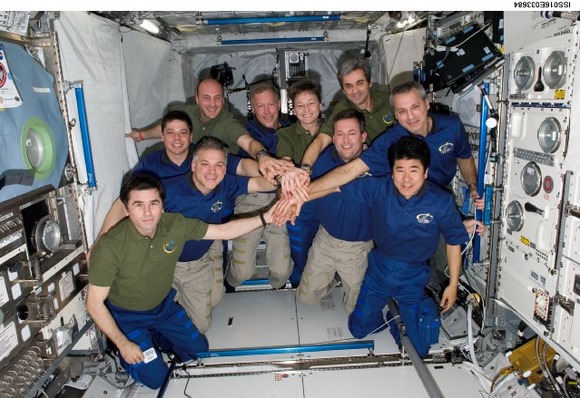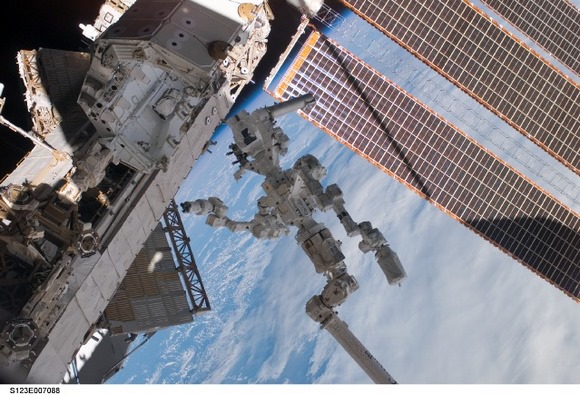It’s well-known that “Big Bang†was a derogatory name given to the cosmological theory of the expanding (not exploding) universe in an attempt to discredit the idea. But, the name stuck and with the discovery of the cosmic microwave background (CMB) in 1964, the theory has stuck, too. However, every once in awhile, a new idea comes out which claims to contradict the Big Bang Theory. The latest comes from researchers Robert K. Soberman and Maurice Dubin who say they know what dark matter is comprised of, and their new ideas provide a better explanation for the CMB, as well as the galactic red shift, two observations that currently support the Big Bang Theory.
Soberman and Dubin believe dark matter is actually made of cosmic meteoroids — clumps of hydrogen and helium atoms, which they call “cosmoids.†The two researchers say cosmoids were found in a new evaluation of data detected by Pioneer 10 & 11. This dark and fragile matter exists in the “near absolute zero cold and almost forceless space between galaxies from material expelled in stellar winds. Little, if any radiation is emitted at that temperature, hence its invisibility,†say Soberman and Dubin in a paper they released on March 25, 2008.
While the cosmic microwave background seems to cover the sky smoothly in all directions, this is unlike visible matter which is clumped into galaxies. The two researchers hypothesize that cosmoids were drawn gravitationally into our galaxy, the solar system and the immediate Earth vicinity, and radiate at 2.735 K which is “erroneously interpreted as the big bang cosmic microwave background.â€Â”Hence, this locally smooth distribution of cosmoids makes the radiation look the same in all directions to us.
Soberman and Dubin say that even variations discovered by satellites such as COBE and WMAP do not explain the distribution of visible matter, and that cosmoids provide a better alternative explanation.
The cosmoid proposal also explains the galactic redshift, according to Soberman and Dubin. Cosmoids absorb and re-emit light from distant galaxies, and that should redshift the light in a way that is subtly different from a Doppler redshift generated by an expanding universe. They say that the subtle difference should be relatively easy to spot with a few observations.
They will conduct several tests which they expect will contradict Big Bang predictions. The test include mixing hydrogen with a small amount of helium and cooling it to 2.735 K to see if cosmoids form, and measuring the red shift of cosmoids (dark matter) lying within 1 AU of the sun.
“Bereft of the two supporting pieces of evidence, the big bang hypothesis should collapse. Any hypothesis worthy of consideration should offer predictions that allow choice between it and competitor(s). This model concludes with analytical and experimental predictions, the results of which should contradict the big bang hypothesis,†say Soberman and Dubin.
Soberman and Dubin do not mention anything about the third “pillar†of the Big Bang Theory, which is the distribution of hydrogen and helium throughout the cosmos, which closely matches the predictions of the Big Bang Theory.
While this new theory is sure to raise more than just a few eyebrows, it demonstrates what’s great about science. All theories — whether long-standing mainstays of current scientific understanding or new, upstart ideas – will undergo constant scrutiny and testing. It will be interesting to see what Soberman and Dubin’s tests reveal.
Original News Sources: ArXiv Blog, and ArXiv

